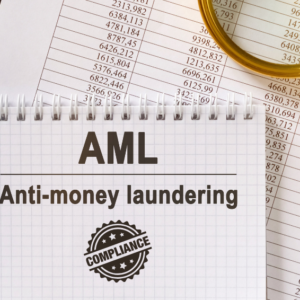Go to any dealership, and you will see rows and rows of cars lined up in various makes, models, and colours. With the gleaming new shine coming off each car, the temptation is to drive one off the lot there and then. Nowadays, with the array of vehicle financing options available, this outcome is not as far fetched as it might first sound.
The problem is many consumers do not pay attention to the actual amount they potentially spend on a vehicle. When thinking about financing, terms such as fixed and variable interest rates, principal balance, and monthly payments get tossed around. Look to any car loan calculator, and you can a get a pretty good estimation of your monthly payment. However, understanding the total cost of financing a vehicle will reduce the likelihood you overpay and help you secure the best deal possible.
Keep reading to learn how you can calculate the total cost of financing a loan and ensure that you fully understand your repayments and terms.
Calculating The Monthly Payment Versus Total Cost
Go to any online loan calculator, and you can get a monthly payment estimation quickly and easily. However, this amount only tells you how much you pay on a monthly basis. To get the total cost, multiply this monthly payment by the number of months of the loan.
For example, if your online calculator zipped up a hypothetical $300 payment for three years, you would need to multiply 300 by the number of months in three years. In this case, your equation would be: 300 (monthly payment) x 36 months (three years) = $10, 800 (total vehicle cost). Depending on the initial cost of the car, this figure might be good, but if the car was significantly less, the consumer spent too much.
Including The Variables
The variables that go into determining the monthly payment will ultimately decide how much you spend on the loan. Major factors influencing the overall cost of the car is the interest rate, the loan length, and of course, the principal balance. The higher the interest the more money you will pay to the lender, but there are other factors that can increase the amount of money paid out over the life of the loan.
One major factor that influences the cost of the loan is the loan term. Many consumers who want to avoid a high monthly payment will opt for loan length of seven years. However, depending on the interest rate, you could potentially spend more on the car than if the length of the loan was, say, three or even five years. When looking at the total cost, pay attention to the loan term because, while the payment is low, the total cost of the car could be high.
Mitigating Factors
Conversely, there are ways to mitigate overpaying for a vehicle. For one, going into the deal with a sizable down payment influences both the interest rate and the monthly payment. With a manageable payment, you could pay extra every month to avoid paying any extra interest on the loan. While there might be a surcharge for paying off the loan early, this penalty is usually lower than paying off the car throughout the life of the loan. Finally, a good credit rating could potentially get you a very low interest rate, which will ultimately lower the cost of the vehicle.
Maximising Value
To figure out how much you have actually overpaid, simply subtract the total cost of the car from its initial price. Anyone who has ever financed a car faces this dilemma of trying to not pay excessively beyond the car’s value. One of the best ways to get the most value out of your vehicle is by offsetting the amount that is actually paid for the car by including a sizeable down payment, shortening the length of the loan, or significantly reducing your interest rate to reduce the total financial charges.






